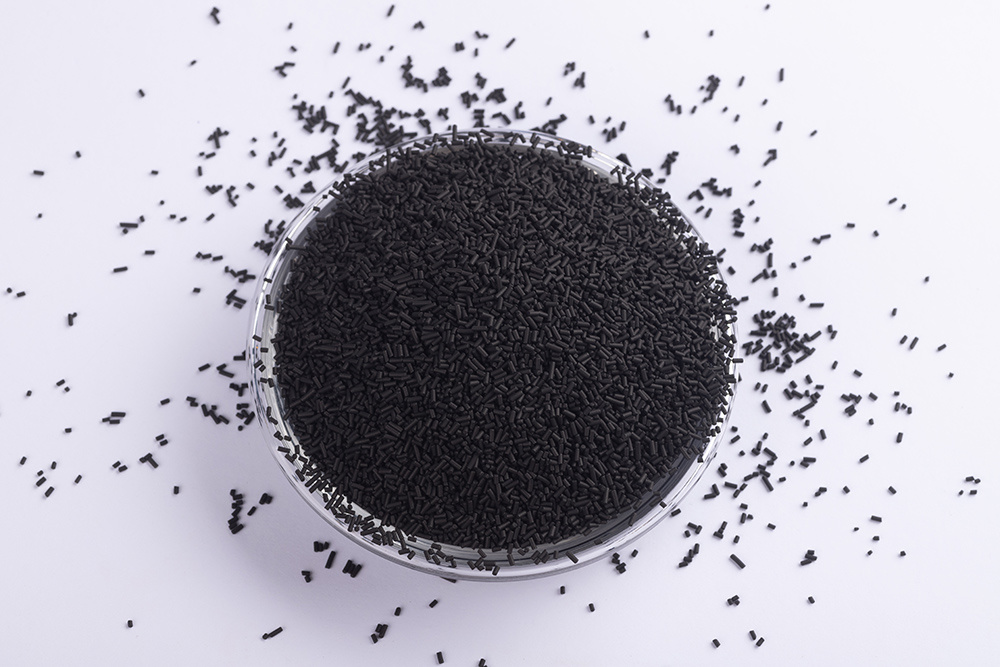Maintenance and service life of carbon molecular sieve
The maintenance and service life of carbon molecular sieves are influenced by various factors such as the operating environment, operational conditions, and maintenance measures. In terms of service life, it varies in different application scenarios: 8-10 years in air separation devices, 3-5 years in petrochemical gas separation devices, 5-8 years in natural gas treatment devices, and 1-3 years in liquid product drying devices; for nitrogen generators, with normal maintenance, the service life can reach over 10 years (such as the CMS-260 model combined with three-stage filtration components and other purification components), but it is generally recommended to replace it once every 4-6 years, and the annual production capacity will decrease at a rate of 5%; in oxygen generators, the normal service life of molecular sieves is approximately 2-30,000 hours (3-5 years, depending on the operating environment).
In terms of maintenance, it is necessary to strictly control the operating conditions. Key indicators such as the feed flow rate, temperature, pressure, and system switching time during the adsorption process should be operated according to the design values. Avoiding the influence of high temperatures, high humidity, and oil contamination is also important. For example, the nitrogen generator should be equipped with a three-stage filter, a dry cooler, and a large-capacity oil-removing activated carbon unit to protect the carbon molecular sieve. The filter element of the air filter should be replaced every 4,000 hours, and the oil-removing activated carbon should be replaced every 3,000 hours or every 4 months. During the regeneration process, low dew-point gas should be used to avoid air regeneration at room temperature. The heating regeneration temperature should be controlled around 200°C, and the process should be carried out slowly in stages. In addition, the molecular sieve status should be checked regularly. When there are situations such as a decrease in gas purity (such as non-compliance of nitrogen purity in the nitrogen generator or oxygen concentration below 85% in the oxygen generator), powder spouting, water ingress, or oil poisoning, it is necessary to replace it in time. The replacement standards include reaching the service life, exceeding the indicators of moisture and carbon dioxide content in the purified gas after purification, or the critical values such as the adsorption capacity and strength being reduced to the lower limit after being sampled and analyzed by the manufacturer. Through reasonable maintenance, such as using automatic compression technology to avoid the movement and friction of the molecular sieve causing powdering, and optimizing the air flow distribution, the service life of the molecular sieve can be effectively extended.

Related News

TOP



